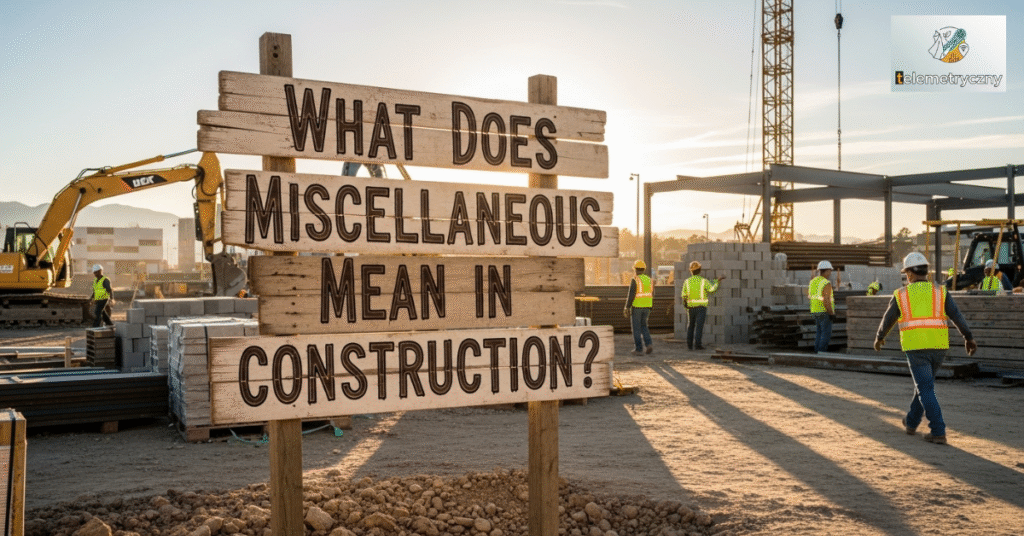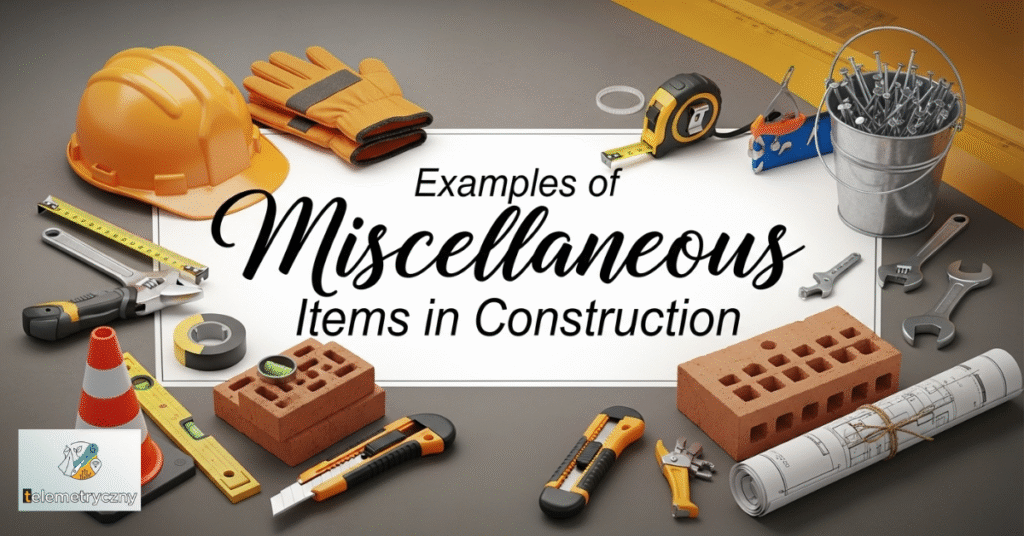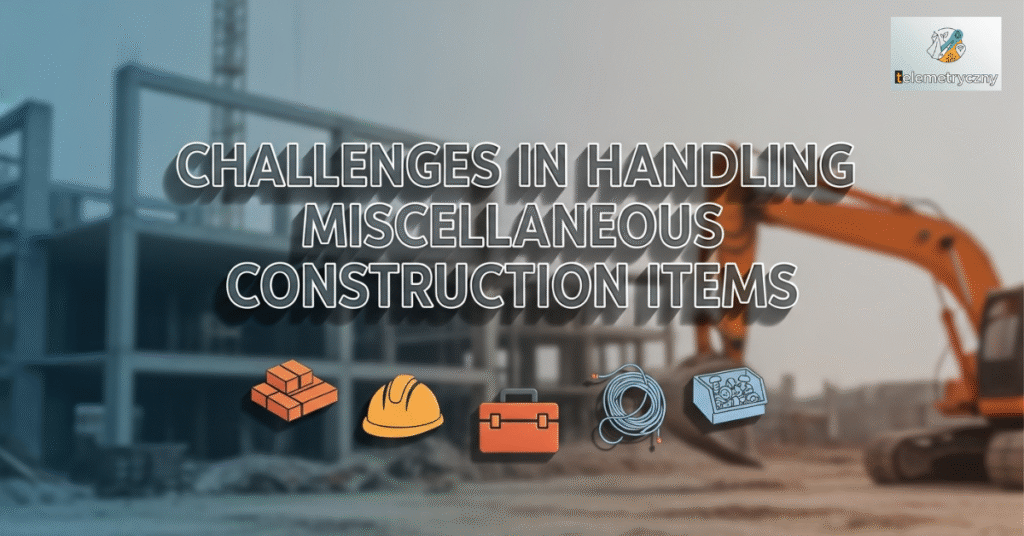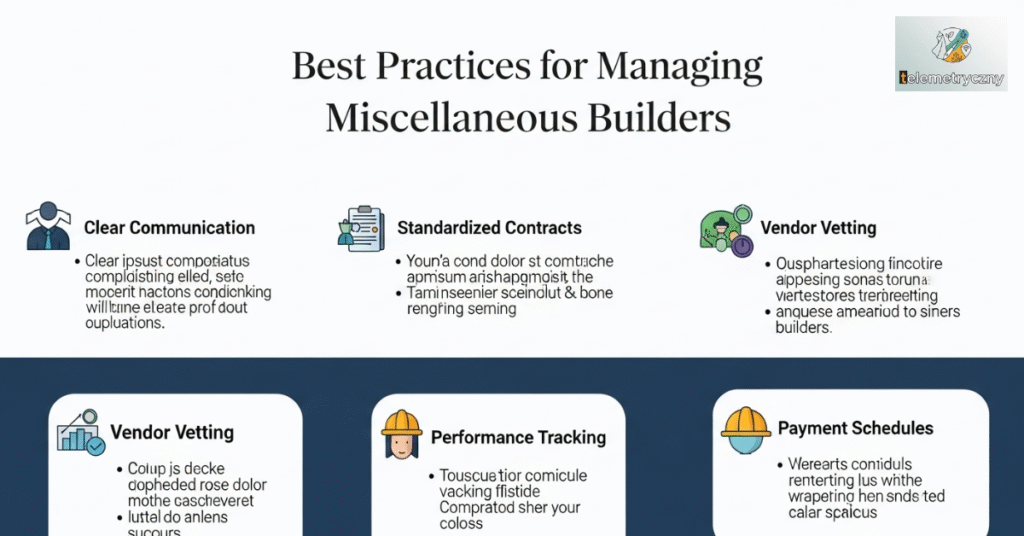In simple words, Miscellaneous Builders refers to construction professionals or companies that handle a variety of building projects outside the usual categories like custom designs, minor renovations, or unique structural tasks.
In 2025, this term has become more common as more people seek flexible builders who can manage creative, small-scale, or mixed-type projects with precision and skill. These builders fill the gap between major contractors and DIY work, offering personalized solutions for modern construction needs.
Have you ever tried finding someone to handle those “in-between” projects not big enough for a contractor, but too complex to do alone? It can be frustrating when you just need a reliable team to manage repairs, remodels, or one-off structures, yet no one seems to fit the job. That’s exactly where Miscellaneous Builders come in, skilled professionals who make your unique vision possible, no matter how unusual or detailed it may be.
In this guide, you’ll learn who these builders are, what kind of work they do, and how to choose the right one for your next project. By the end, you’ll understand how hiring a flexible, multi-skilled builder can save time, reduce costs, and bring your ideas to life with ease. Let’s dive deeper into how these builders make modern construction simpler and smarter.
See More: To Visit Vuzillfotsps
What Does Miscellaneous Mean in Construction?

In construction, the term “miscellaneous” encompasses all the smaller tasks and elements that don’t quite belong to one specific category. Think of it like a toolbox drawer labeled other. It may look random, but inside you’ll find screws, bolts, tapes, and measuring devices, the things you need at unexpected moments.
For example, while major structural components, such as beams and columns, form the skeleton of a building, miscellaneous items include protective barriers, temporary utilities, scaffolding, and specialized hardware. Each might seem minor when viewed alone, but together they make a huge difference in project execution.
See More: How to Shampoo and Condition Hair
Why is the Miscellaneous Category Important in Construction?

The real value of the miscellaneous category is that it keeps you flexible and ready for surprises. On any construction site, something unexpected always arises, such as an urgent drainage fix, an unplanned dig, or a quick repair that requires specialized tools. When project managers budget for miscellaneous tasks, they’re essentially building a safety net for these surprises.
Without this category, even small delays could snowball into expensive setbacks. Something as simple as running out of protective gear or not having scaffolding ready can stall an entire team. By planning for these extras, contractors save both time and money while ensuring worker safety and project continuity.
Examples of Miscellaneous Items in Construction

1. Miscellaneous Materials
These include sealant tapes, roofing accessories, cladding materials, and other items that don’t fall under standard building materials. They may not get much spotlight, but they ensure energy efficiency, durability, and smooth finishes.
2. Miscellaneous Tools and Equipment
High precision measuring devices, hydraulic jacks, dump trucks, and even rental equipment like cranes fall under this group. They’re not always needed daily, but are crucial for specific tasks when the moment arrives.
3. Miscellaneous Tasks
This covers demolition, grading, excavation, or installing temporary fencing. These tasks don’t form the final structure but are necessary steps that make the main project possible.
4. Miscellaneous Project Costs
Administrative costs, travel expenses, contingency budgets, and temporary utilities fit here. These are the behind-the-scenes expenses that don’t show up in physical form but are essential for smooth project administration.
Managing Miscellaneous Items in Construction Projects

Behind every well-run construction project is the foundation of careful planning. And when it comes to managing miscellaneous items, planning becomes even more critical. Since these items don’t always have a fixed definition, teams must create a flexible system that accounts for both expected and unexpected needs.
1. Budgeting for Miscellaneous Items
One of the first steps in managing these elements is creating a clear budget. Many contractors keep a small portion of the overall budget aside just to cover unexpected or miscellaneous needs. This prevents panic when sudden expenses arise. For instance, if scaffolding needs reinforcement or new protective linings are required for erosion control, the funds are already available.
2. Documentation and Tracking
It’s easy to lose track of smaller tools, safety gear, or temporary utilities if there’s no proper documentation. Modern construction companies now use project management software that tags and tracks every purchase, no matter how minor. This helps reduce waste, avoid duplication, and ensure accountability at every stage.
3. Supplier and Vendor Management
Miscellaneous builders often rely on the quick delivery of small yet crucial materials. Building long-term relationships with reliable vendors ensures that if a sudden requirement arises, the supplies can be delivered without delaying the project. Having multiple backup suppliers also adds a layer of security.
4. Safety and Compliance
Many miscellaneous tasks involve worker safety, like installing temporary barriers, protective walls, or drainage improvements. These tasks may seem small, but skipping them can cause accidents or even break construction rules. Paying attention to safety here not only avoids legal trouble but also shows clients they can trust you.
See More: TIGI Firm Hold Curl Cream Review
Challenges in Handling Miscellaneous Construction Items

Even with careful planning, managing miscellaneous items can still be tricky.
- Unpredictability: Since many items fall outside the main scope, predicting their exact requirements can be difficult.
- Hidden Costs: Small purchases add up quickly, and without careful tracking, they can eat into profit margins.
- Time Pressure: Emergency fixes like erosion control or drainage work often need immediate action. Delays in handling these can stall the entire project.
- Coordination: Since miscellaneous elements span multiple departments, safety design, finance, and labor coordination are key to avoiding confusion.
Best Practices for Managing Miscellaneous Builders

To turn challenges into opportunities, many contractors follow a set of best practices
- Set a Miscellaneous Budget Cushion: Allocate at least 3 to 5% of the total project cost.
- Stick to simple project tools: a basic tracking app is often enough to keep spending under control and plans on track.
- Always keep a few reliable suppliers in your contacts: That way, you won’t get stuck waiting when materials are needed quickly.
- “Make it a habit to walk the site regularly: You’ll catch small issues early before they snowball into costly problems.
- Train the Workforce: Workers should know how to handle temporary tasks, from drainage improvements to protective wall installation.
See More: 400+ Unique SPH Captions 2025 – Funny, Cute & Trendy
Conclusion
At first glance, Miscellaneous Builders may not seem as important as structural engineers or architects, but their contribution is the glue that holds a project together. From setting budgets and keeping workers safe to handling small repairs or drainage fixes, these little details quietly keep a project moving forward.
When they’re overlooked, it often leads to costly delays, safety risks, and unhappy clients. But when taken seriously, they bring speed, flexibility, and long-term success to any construction job. In short, miscellaneous builders may not always stand in the spotlight, but without them, the entire show could fall apart.
FAQs
Who are considered Miscellaneous Builders in construction?
They are professionals or teams handling tasks and elements that don’t fall under the main categories, such as drainage, protective barriers, or minor repairs.
Why are miscellaneous items important in a construction project?
Because they cover unexpected needs that, if ignored, can cause costly delays and safety risks.
How do contractors budget for miscellaneous expenses?
Usually, contractors reserve around 3% to 5% of the project budget to handle minor yet important expenses that fall under miscellaneous.
What are examples of miscellaneous construction tasks?
Examples include temporary fencing, erosion control minor reconstructions, and drainage improvements.
Hi,
I’m Tehreem, a content writer specializing in SEO-optimized articles that rank and engage. Whether it’s AI-assisted or fully human-written content, I deliver clear, creative, and results-driven writing.


2 thoughts on “Miscellaneous Builders Explained: Roles Skills & Impact”